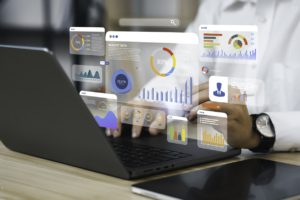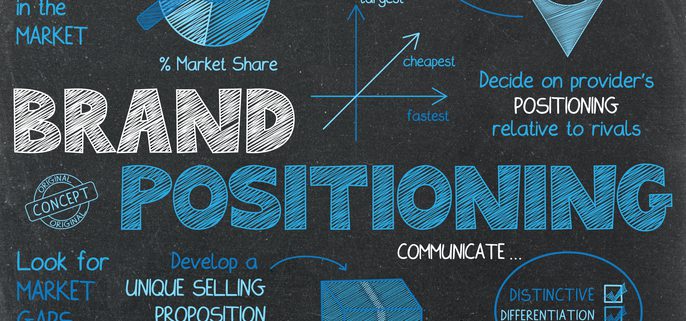
Beyond Pixels: Unconventional Non-Digital Marketing Ideas to Elevate Your Brand
In a world dominated by digital marketing, it’s easy to overlook non-digital strategies. While online platforms offer incredible reach and targeting options, there’s something uniquely effective about tangible, real-world interactions. In this article, we’ll explore some unconventional non-digital marketing ideas to boost your brand without relying on screens and algorithms.
Non-Digital Marketing That Creates Direct Interaction:
Handwritten Thank You Notes:
These days most communication is digital, receiving a handwritten note can be a delightful surprise. Send personalized thank you notes to customers, partners, or supporters to show genuine appreciation.
Host Workshops or Classes:
Share your expertise by hosting workshops, classes, or seminars related to your industry. This positions your brand as an authority and creates opportunities for in-person connections with potential customers. Home Depot does a great job at this by hosting free workshops that educate and bring visitors out to their stores.
Pop-Up Shops or Experiences:
Set up temporary retail spaces or experiential installations in high-traffic areas. This allows you to directly engage with potential customers and create a memorable brand experience. IKEA did this by creating fun pop-up stores. Even if your brand isn’t retail, consider creating a simple pop-up tent experience. It’s a good way to bring an experience closer to potential customers.
Vehicle Branding:
Turn your company vehicles into moving billboards by incorporating your brand’s logo, colors, and messaging. This not only advertises your brand, but also adds a professional touch to your business operations. If you don’t have the budget for a full vehicle wrap, displaying your brands website url or a QR code in the window is a good way to bring awareness to your brand.
Non-Digital Marketing That Increase Brand Visibility
Branded Merchandise:
Create custom-branded merchandise like apparel, mugs, or tote bags that people can use in their everyday lives. This not only provides value to your audience, but also turns them into walking advertisements for your brand. A word of caution: It’s easy to want to order all the same things other companies do, like can koozies, pens, etc. Really think about what branded items will really parallel your brand. Also, cheap is not the best approach as well. Getting one premium item vs many less expensive items can make a big impression.
Read more about branding: The Power of Story Branding
Unique Packaging and Presentation:
Your product’s packaging is an often overlooked marketing opportunity. Consider creating distinctive, eye-catching packaging that sets your brand apart on the shelves and leaves a lasting impression. This past Halloween consumers were bombard with custom packages and flavors, all appealing to the emotion that coincides with the holiday.
Sponsorship and Partnerships:
Forge strategic partnerships with other businesses or events that align with your brand values. This could involve sponsoring local sports teams, community events, or collaborating with influencers in your industry. Additionally, more brands are embracing the use of influencers because they already have an audience and they create the content using your brand.
Unconventional Non-digital ideas
Guerilla Marketing:
Guerrilla marketing involves unconventional and often surprise tactics to grab the attention of potential customers. This could include things like flash mobs, street art, or unexpected pop-up events. It’s a bold way to create memorable brand experiences.
Street Art and Murals:
Commissioning local artists to create street art or murals that incorporate your brand can be a visually striking way to engage with the community and generate buzz around your products or services.
While digital marketing remains a powerful tool, there’s a world of untapped potential in non-digital strategies. Implementing these creative ideas can help your brand break through the noise and establish a meaningful connection with your audience in a tangible, memorable way. By thinking outside of digital, you’ll not only differentiate your brand but also create experiences that resonate with your customers on a deeper level.











 These micro-group often become the loudest advocates and most consistent buyers. Engaging with specific communities—rather than broadcasting to the masses—leads to more authentic interaction and longer-term growth.
These micro-group often become the loudest advocates and most consistent buyers. Engaging with specific communities—rather than broadcasting to the masses—leads to more authentic interaction and longer-term growth.



















